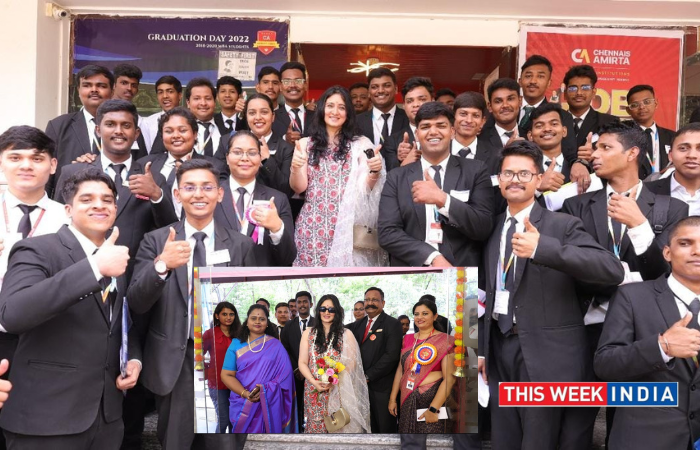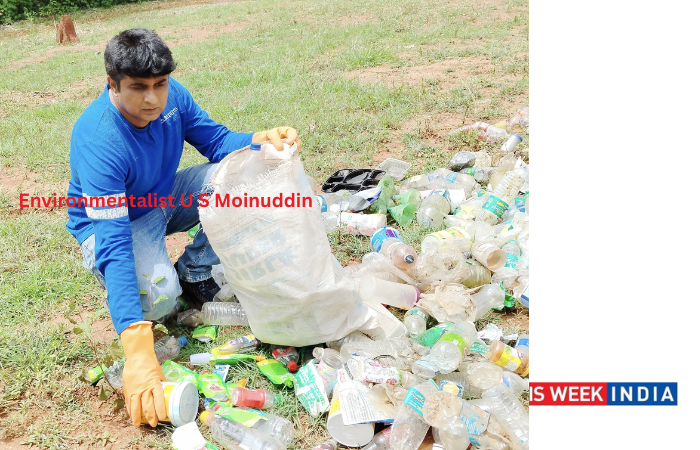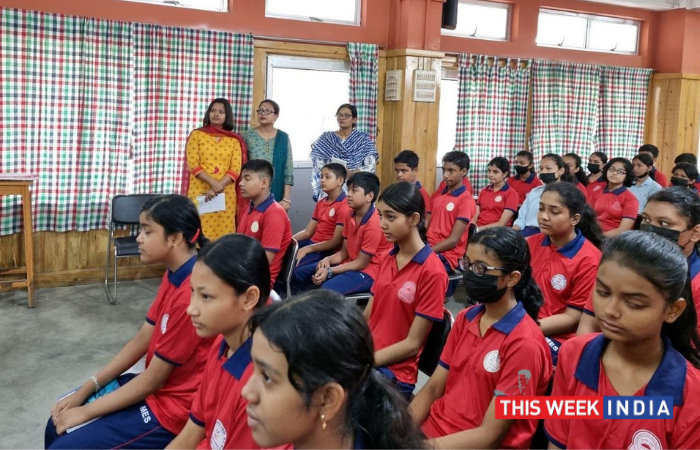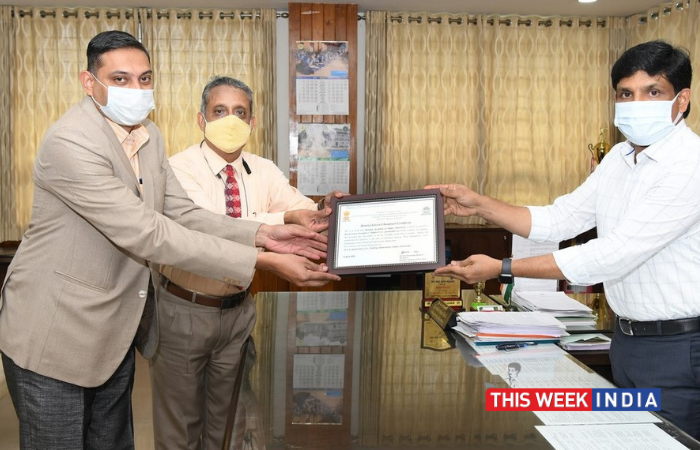Dr. Radhika Pandey, Consultant at NIPF and a key economist, shares her view on crypto currencies as a medium of exchange v/s the RBI’s digital currency plan.
- States her thoughts on unemployment levels in India and how the government plans to really target it.
- Shares how flexibility in debt restructuring could help small businesses and manufacturers.
- Shares if policy impetus that is being given to renewable energy is needed.
India, 16 March 2021: Dr. Radhika Pandey, a Ph.D. in economics and a consultant with the Macro-Finance Group at the National Institute of Public Finance and Policy (NIPF) recently took to asynchronous social audio platform Swell to discuss her perspective on the Indian economy. The conversation rightly garnered huge traction, as she shared her views on topics like cryptocurrency vs CBDC, the government’s plan to provide stimulus to help the economy after the pandemic, what the union budget held for the unemployed, small businesses and the banking sector, etc.
Crypto currencies v/s CBDC as a medium of exchange in India
Dr. Radhika shared her views on CBDC versus private cryptocurrencies. While CBDC fare better because it is a legal tender, they may not be attractive as an asset vis a vis private cryptocurrency. CBDCs will be non-interest-bearing currency and will be taken to cash in digital form, serving as liquid digital form of legal tender money rather than as an asset. So those entities, or those people who are holding cryptocurrencies to diversify their portfolio or in the hope of increasing their returns, those people will not find CBDCs as an attractive instrument. And on that measure, CBDCs and private cryptocurrencies are not substitutable.
Government’s unemployment tackling action plan
Dr. Radhika spoke at length about government policies and measures that helped MSMEs to sustain their businesses, through which their loans did not turn into non-performing assets and they were able to provide employment to a large section of the population. However, she highlights that the government’s focus has highly been on the supply side. That is not to just give direct cash in the hands of people, but to provide MSME’s credit so that they are able to sustain and carry on with their business. She also talks about the relief program that the government had initiated during the pandemic time and about the measures taken to improve the business prospects of MSMEs.
Ways to encourage small businesses and small manufacturers
Radhika agrees that the debt restructuring process needs to become more flexible to encourage small businesses and small manufacturers to take advantage of the policies. Perhaps flexibility and easy bank lending facilities are the need of the hour for small businesses. She says that the current 90-day payback policy is making a lot of honest manufacturers suffer, maybe because of the business cycle condition and demand compression that results in honest entities not being able to pay back.
Dr Radhika acknowledged that the debt restructuring process needs to become more flexible. She attributed the evolution of the recent policy measures that were enacted over the last few years, to banks engaging in what is called as extend and pretend. This led to lot of evergreening by the banks, particularly post the global finance crisis. A lot of loans were not recognized on the bank’s balance sheets, resulting in a pile of NPAs by banks and suddenly the balance sheets of banks were distorted. So policy measures had to be taken to recapitalize banks leading to the setting up of the insolvency and bankruptcy code and identification of strict measures that after 90 days the loans have to be recognized. But honest manufacturers do have to bear the brunt of this at times of demand compression or adverse business cycle conditions.
Importance of the policy impetus given to renewable energy.
Radhika thinks that the kind of policy impetus that is being given to renewable energy is absolutely needed, particularly due to the ambitious COP 26 commitments that the Government of India has made to reduce greenhouse gas emissions and reduce our carbon footprint. The share of renewable energy has to increase in the total energy requirements and the government is making steady strides towards the same.
Dr. Radhika Pandey went on to address various other queries about her thoughts on various other policies that benefit the distressed sector of India.
You can listen to the whole conversation here.









